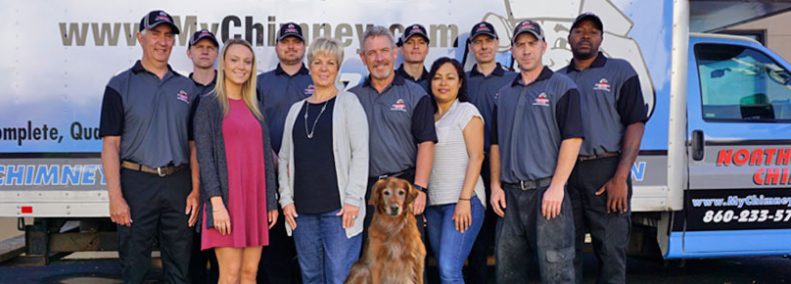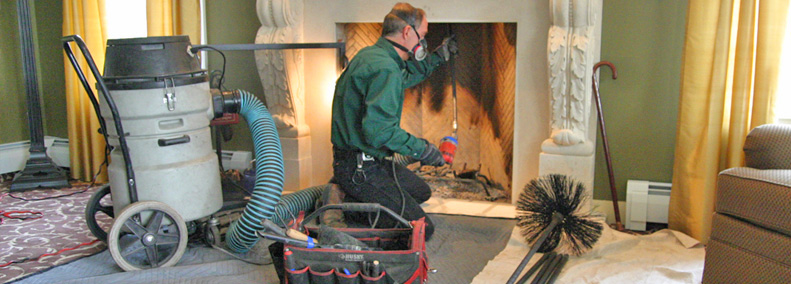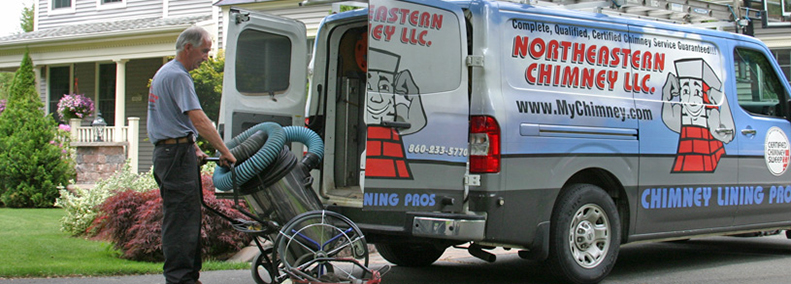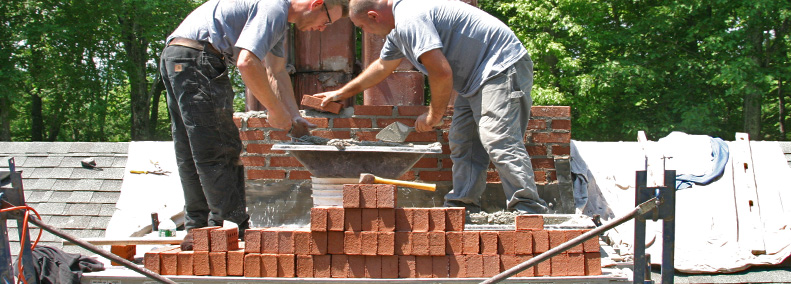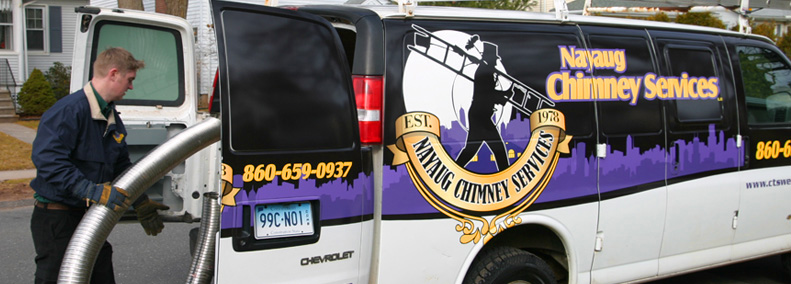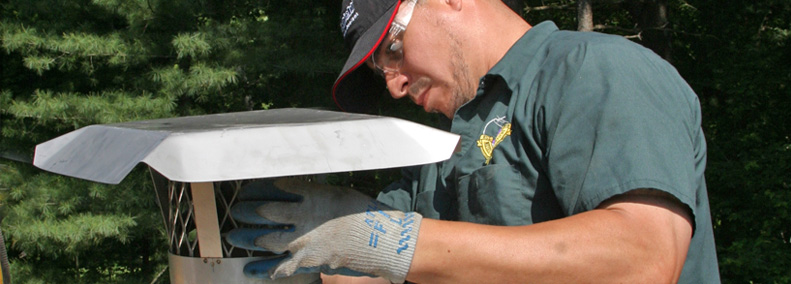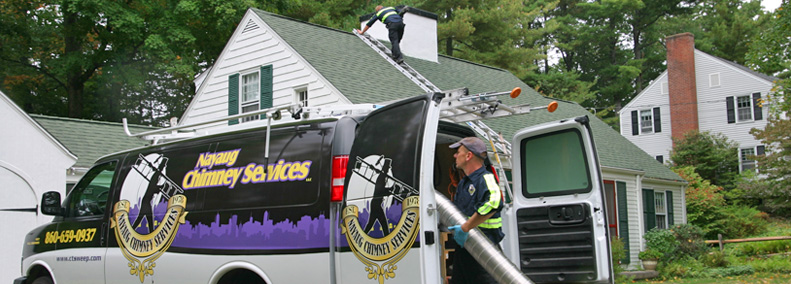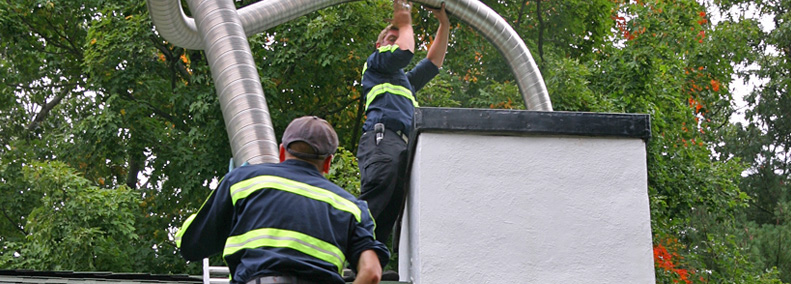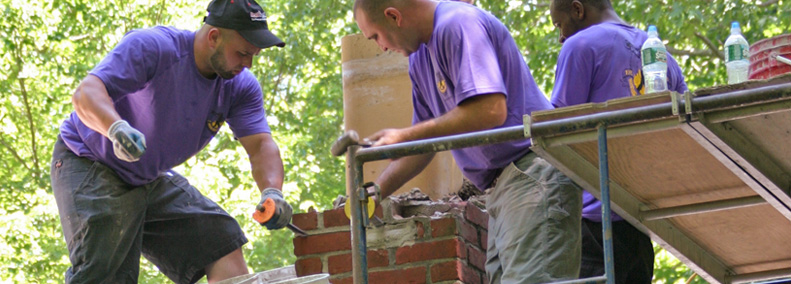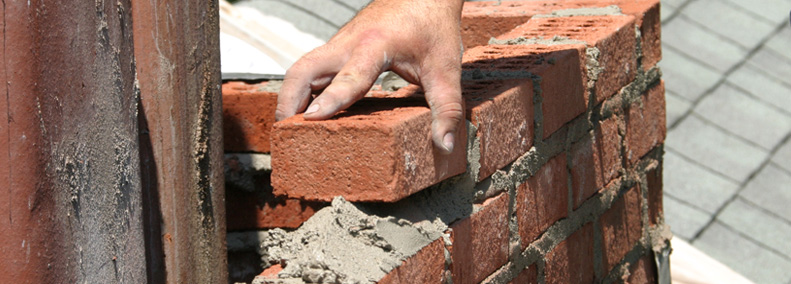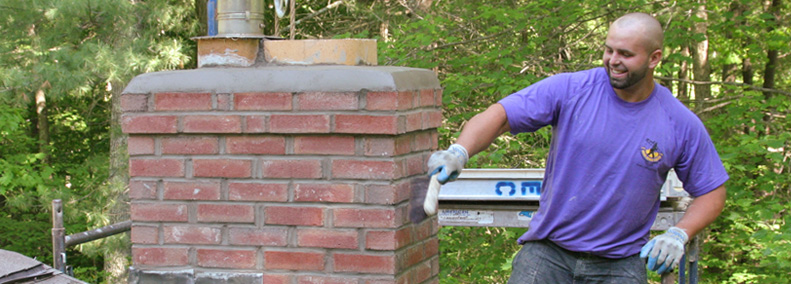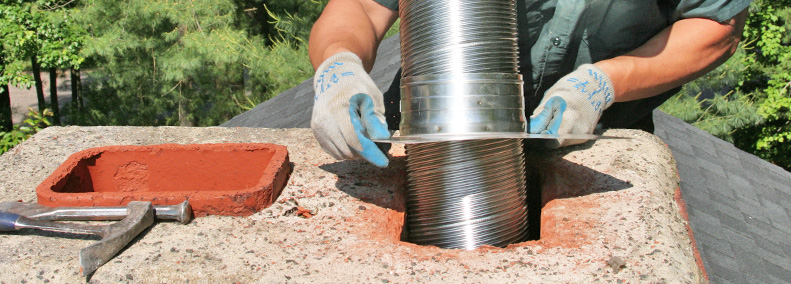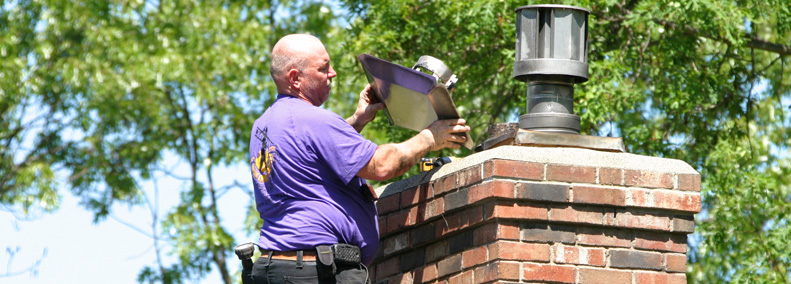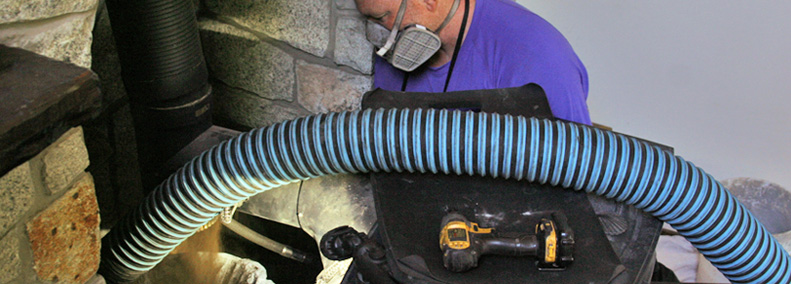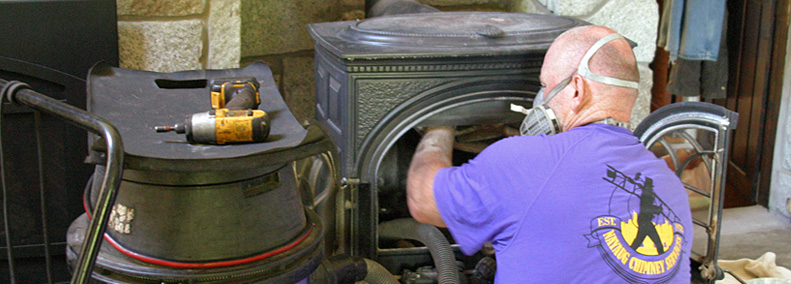06.15.12
Get to Know the Anatomy of Your Fireplace
The fireplace in your home can be a source of warmth and pleasure, but it’s important to understand the role of maintenance which can keep you and your home safe. Playing with fire is never a good thing, and that’s what you’re doing if you don’t hire a professional chimney sweep to inspect your fireplace and chimney annually and become thoroughly familiar with steps to ensure the proper function of your fireplace.
There’s a lot more to your fireplace than what a casual observer might see. Become acquainted with your fireplace’s anatomy so that you can get the most out of it and stay safe at the same time. You’ll be better equipped to communicate your concerns to a professional if a problem arises, by knowing the parts of your fireplace too.
Mantelpiece
The fireplace mantelpiece or mantel was originally used in medieval days as a hood which caught smoke, and it projected over a grate. As the design of fireplaces has changed, the role of the mantel has lessened in importance. The era in which the mantelpiece was the focal point of the fireplace and the perfect place for favorite photographs and trophies has passed so that the mantel has arguably never had less significance.
Fireplace Face
The area between the firebox and the mantel is the fireplace’s face. This part of the structure is typically constructed of brick, and it must be sturdy and capable enough to withstand the heat from the fireplace below it.
Lintel
The lintel is similar to a feature used in archways, door openings, and window openings. The lintel’s function is to help bear the load created by the inner hearth or firebox.
Firebox
Also called the inner hearth, the firebox is the main area that you see in a fireplace where the combustion takes place and the fire burns. The design of the firebox is vital to the successful operation of the fireplace. Common defects in fireboxes involve dimensions, heat damage, and water damage.
Damper
The chimney damper is the metal door that is used to close off the chimney from the fireplace. The door is operated by a long metal chain the hangs down and allows the damper to be opened and closed. The damper should be open when the fireplace is in use and closed at all other times to limit a draft in the home.
Throat
The throat of the fireplace is just above the inner hearth. This is where the firebox ends and the venting system of the fireplace begins. Traditionally, a throat damper is placed there during construction. There is now a requirement stating that the throat must be at least 8 inches above the fireplace opening. Previously the requirement was 6 inches. If you have a fireplace that tends to leak from the firebox, it’s typically because the throat isn’t constructed properly.
Firebrick
The firebrick is brick usually made of fire clay that lines the back of the firebox. These bricks are especially made to bear up under the heat of a firebox without being damaged.
Outer Hearth
The area which occupies the floor just outside of the inner hearth is the outer hearth. This component of your fireplace is constructed of heat-resistant material to minimize the chance that the fire will spread out of control.
Ash Dump Door
Located in the middle of your firebox, the ash dump door makes it easy for you to remove ash from the firebox. Open the dump door to move the ash into the ash dump.
Ash Dump
The space directly below the ash dump door is the ash dump, where the ash falls when the ash dump door is opened.
Ash Pit
The ash pit is located beneath the ash dump and is the place where dumped ash is collected. The pit should be emptied frequently, which will help to prevent dangerous flammable byproducts from accumulating.
Clean Out Door
There is a clean out door in your fireplace which you use to clean the ash dump. This part of your fireplace is often located in the basement.
Footing
The horizontal surface underneath the ash pit is the footing, and it’s often located in the basement or outside to make it easier to remove ash.
Foundation
The foundation of your fireplace is a sturdy structure usually made of cinder block or heavy duty brick. The foundation provides structural support for the chimney. It can potentially be exposed to hot ash; so it should be constructed to be able to withstand the heat.
Once you have the parts of your fireplace down, check out the chimney anatomy as well! Learning more about your home is always a good idea because the more you know the better you can take care of it. Now that you know all about the parts of your fireplace, its important to make sure they all remain in good condition. For this to happen, your fireplace will need a yearly chimney inspection and cleaning. For an experienced and professional chimney sweep, call Nayaug Chimney Services today!
Northeastern Chimney, Inc.
formerly Nayaug Chimney Services, LLC
37 Cody Street, West Hartford, CT 06110
Phone: 860-233-5770

 Tap to Call Now
Tap to Call Now

